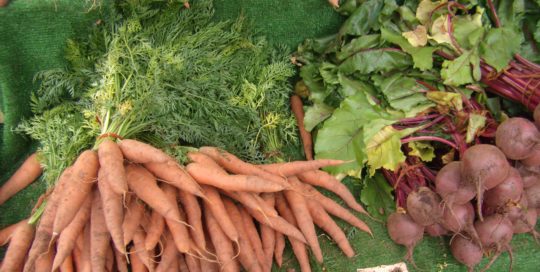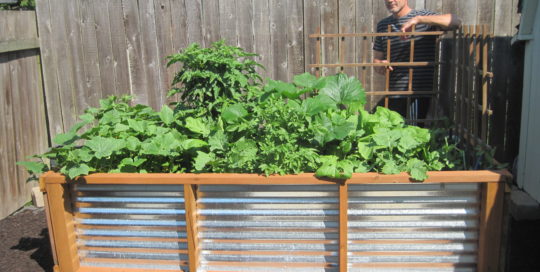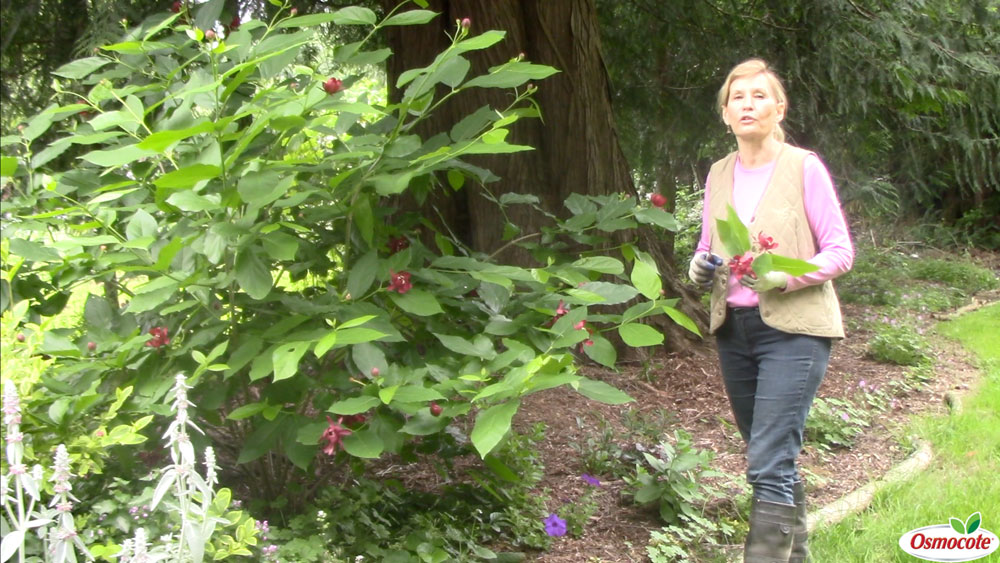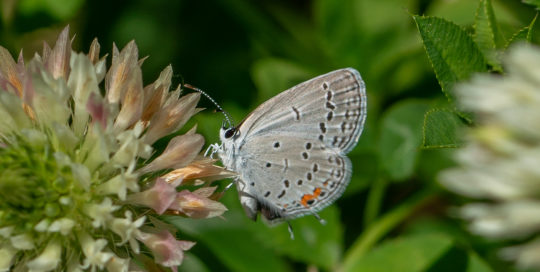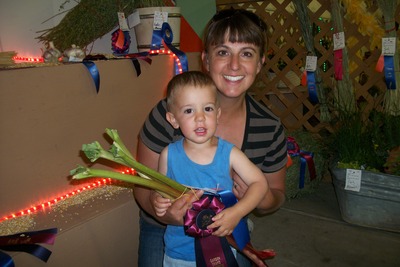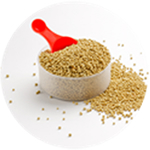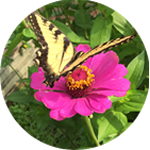Testing a Plant
Each year, specialists grow these plants like crops in a farm field under the baking sun and open to the driving rain. They test the plants in these harsh conditions to help assure success in your garden, even if you don’t give them the royal treatment. Hybridizers send their best and brightest to trial gardens to be put through the rigors of a regional summer.
Behind the scenes and well before a plant arrives at your local garden center, botanists test thousands of varieties for uniqueness and general improvement. One such testing program is All-America Selections (AAS). It began at a time when no one had heard of social media, owned a digital camera or could call up the latest news from a home computer. It was an era before information about new plants was easily disseminated. In 1932, W. Ray Hastings of the Southern Seedsmen’s Association of Atlanta, Georgia came up with a way to inform the public about new varieties. This also benefitting commercial seed companies. The first All-America Selections program was comprised of trial grounds set up by seed companies. These companies grew new varieties in different conditions throughout North American climates. Independent judges grow and asses flower and vegetable varieties.
The main principle was, and is still today, that all plants would be new, previously unsold varieties. They have conducted AAS Trials every year since 1932. The number of sites varies, but usually consists of around 80 trial locations throughout the United States and Canada. Universities, public gardens, breeding companies, growers, brokers, extension agents, and retailers are current and potential judging sites. They also compare these new varieties with those already available in the trade.
How it Works
Judges slot plants into one of four categories, including:
- Ornamentals from Seed
- Ornamentals from Vegetative Cuttings
- Edibles (fruits and vegetables from seed)
- Herbaceous Perennials (they’re announcing first winners in 2019)
They announce AAS Winners three times each year in November, January, and July. Think of AAS as the plant version of Underwriter Laboratories or Good Housekeeping’s Seal of Approval. The program gives home gardeners some assurance of improved garden performance when planting AAS Winners.

